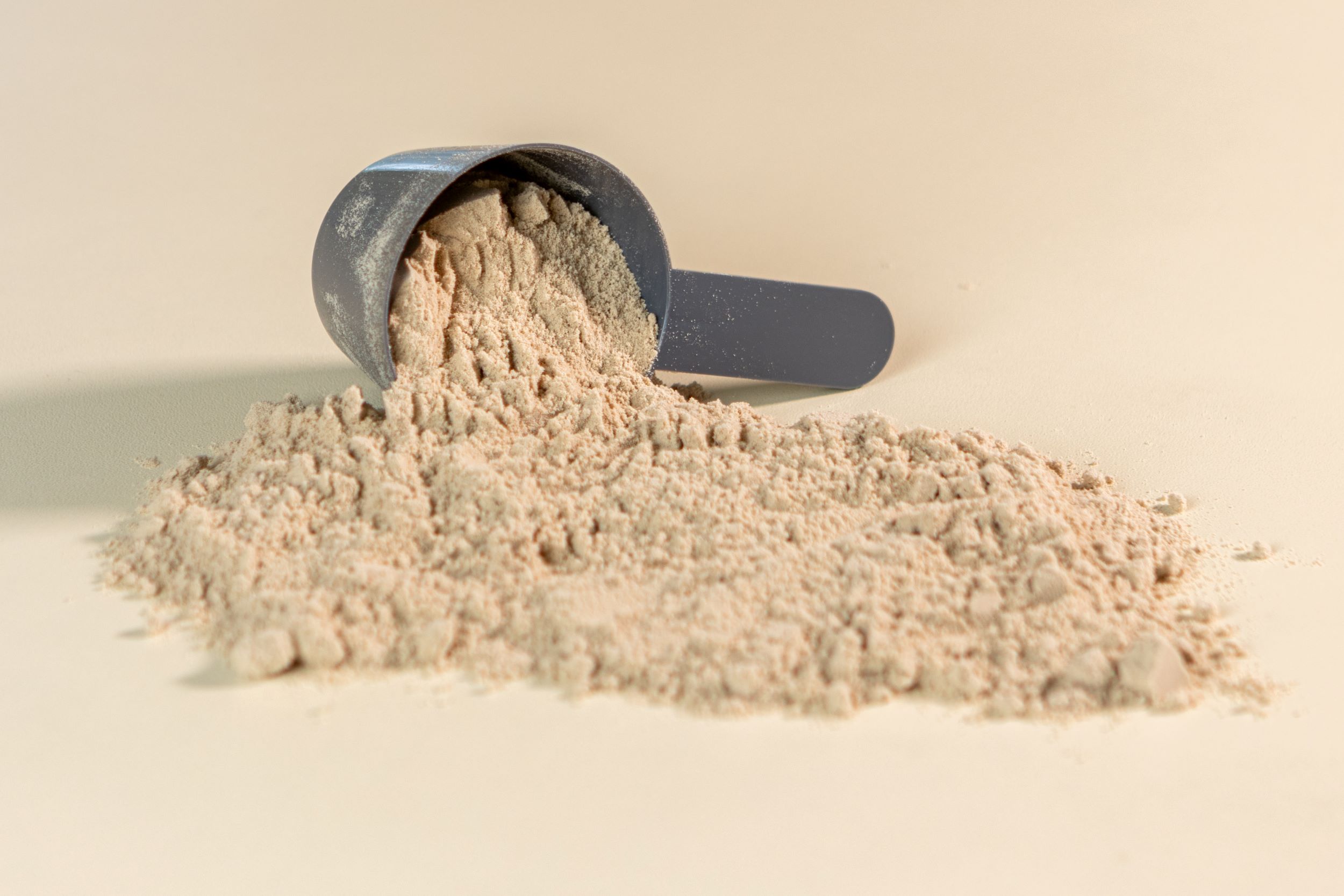Whey protein is a popular dietary supplement that has gained immense popularity among fitness enthusiasts, athletes, and health-conscious individuals. Derived from milk during the cheese-making process, whey protein is a complete and highly bioavailable source of essential amino acids, making it an excellent choice for those looking to optimize their nutrition and achieve various health and fitness goals. With that said, let us explore what whey protein is, when to use it, and how to use it effectively to reap its full benefits.
What is Whey Protein?
Whey protein is a high-quality protein that is extracted from whey, the liquid part of milk that separates during cheese production. It contains a rich profile of amino acids, with a particularly high concentration of branched-chain amino acids (BCAAs) like leucine, isoleucine, and valine. These BCAAs are crucial for muscle protein synthesis and overall recovery.
Types of Whey Protein:
For now, we shall not dive deep into the various types of whey protein. That will be done on a later date. Therefore, let us look at the three types available.
Whey Protein Concentrate (WPC): WPC contains a lower percentage of protein (typically 70-80%) with some fat and lactose. It’s a versatile option suitable for most people.
Whey Protein Isolate (WPI): WPI has a higher protein content (usually 90% or more) and minimal fat and lactose. It’s an excellent choice for those with lactose intolerance or looking to minimize calorie intake.
Whey Protein Hydrolysate (WPH): WPH is pre-digested, making it easier to absorb and ideal for individuals with digestive issues. It’s commonly found in medical protein supplements.
When to Use Whey Protein?
Post-Workout: Consuming whey protein shortly after a workout is a popular practice because it provides a rapid supply of amino acids to help with muscle repair and growth. A protein shake within 30 minutes to an hour after exercise can be beneficial.
Between Meals: Whey protein can be used as a snack or meal replacement to curb hunger and maintain muscle mass throughout the day. It’s a convenient and healthy way to stay on track with your nutrition.
In the Morning: Starting your day with a whey protein shake can kickstart your metabolism and keep you feeling full, reducing the temptation to reach for unhealthy snacks later in the day. This is the best option if you are looking to cut instead of bulking.
Before Bed: Consuming a casein-whey blend before bed can provide a slow-release protein source throughout the night, aiding in muscle repair and recovery during sleep.
How to Use Whey Protein Effectively:
Follow Dosage Guidelines: Always follow the recommended dosage on the product label. Overconsumption of protein supplements can strain the kidneys and lead to other health issues. Remember, over consuming does not guarantee you better results.
Mix It Right: Whey protein can be mixed with water, milk, or other beverages. A simple shake or smoothie with fruits and vegetables is a popular and tasty way to enjoy it. Personally, I have always opted to go with milk to increase protein intake.
Timing Matters: As mentioned earlier, timing is important. Post-workout, pre-bed, or in-between meals are all suitable times to consume whey protein, but be consistent with your timing.
Balance Your Diet: Whey protein should complement a balanced diet rich in whole foods. It’s a supplement, not a substitute for real, nutrient-dense meals. It is always food first, then you supplement what you eat.
Stay Hydrated: Protein metabolism requires water, so ensure you drink enough fluids throughout the day to support digestion and overall health. The recommended daily water intake can vary from person to person depending on various factors, including age, sex, activity level, climate, and overall health. However, a commonly cited guideline is the “8×8 rule,” which suggests drinking eight 8-ounce glasses of water a day, totaling about 2 liters or half a gallon.
Whey protein is a versatile and effective nutritional supplement with numerous benefits, including muscle growth, recovery, and weight management. Understanding what it is, when to use it, and how to use it correctly can help you maximize its advantages. Remember to consult with a healthcare professional or registered dietitian before adding any new supplement to your routine, especially if you have underlying health conditions or concerns. With proper usage, whey protein can be a valuable addition to your health and fitness regimen.
Remember to, Flex at Ur Prime.




